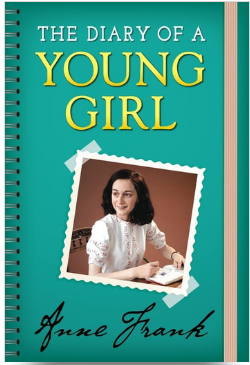Every year, I come to know that winter has arrived by struggling to get out of bed. Every day I try to get out of my bed and fail to do so about ten times. It is very difficult for me. To leave the comfort and warmth of my bed is like third degree torture for me! I, once, told my mother that going to school violated my human rights. Her glare at me said it all. Suddenly, I felt hot and cozy. Jokes apart, I love winters mostly due to the fact that I love the snow. I mean yes, it is bad for people living in the regions where it is common but, for me, a person who lives in the plains, it is special. I pester my parents to take me to a place high up in the hills so that I can play in the snow. I love making snowman with my parents. They look down upon it when I start building it but then in the end, they do join in. It is on my wish list to visit the igloos made in Manali every year. Four young local boys came up with the igloo making idea. It was covered by the media. I read about it in the newspaper. I added it to my bucket list of wishes.
It was in the news that even our honorable prime minister Mr. Narendra Modi stayed in a Dhyana gufa. I want to experience first and what it would feel like to stay in a cave like that. I want to experience what our P.M felt like when he stayed in one of those. In North India, winter changes the lifestyle of the people, the food and the customs. I, personally, love hearing what the grown- ups around me have to say about the cold, and by far the thing that I hear most is “Oh! These winters are the coldest ones yet.” Each and every year this same line is repeated over a thousand times. I love wearing my winter clothes. I don’t sweat and it is fun to go cycling with the wind hitting your face. My little secret- I fill a bucket with hot, steaming water and let the washroom be covered in a mist. The washroom becomes cozy and I scribble things on the mirror. While my mother keeps reminding me to hurry up, I enjoy in my world of mist, fog, demons and dinosaurs appearing to attack me while I fight them back.








